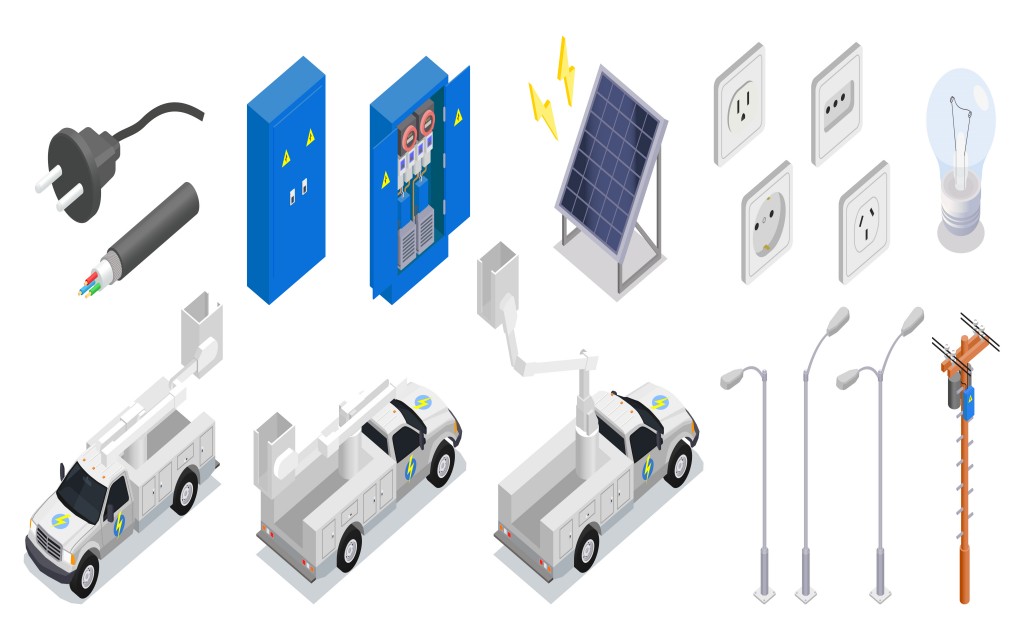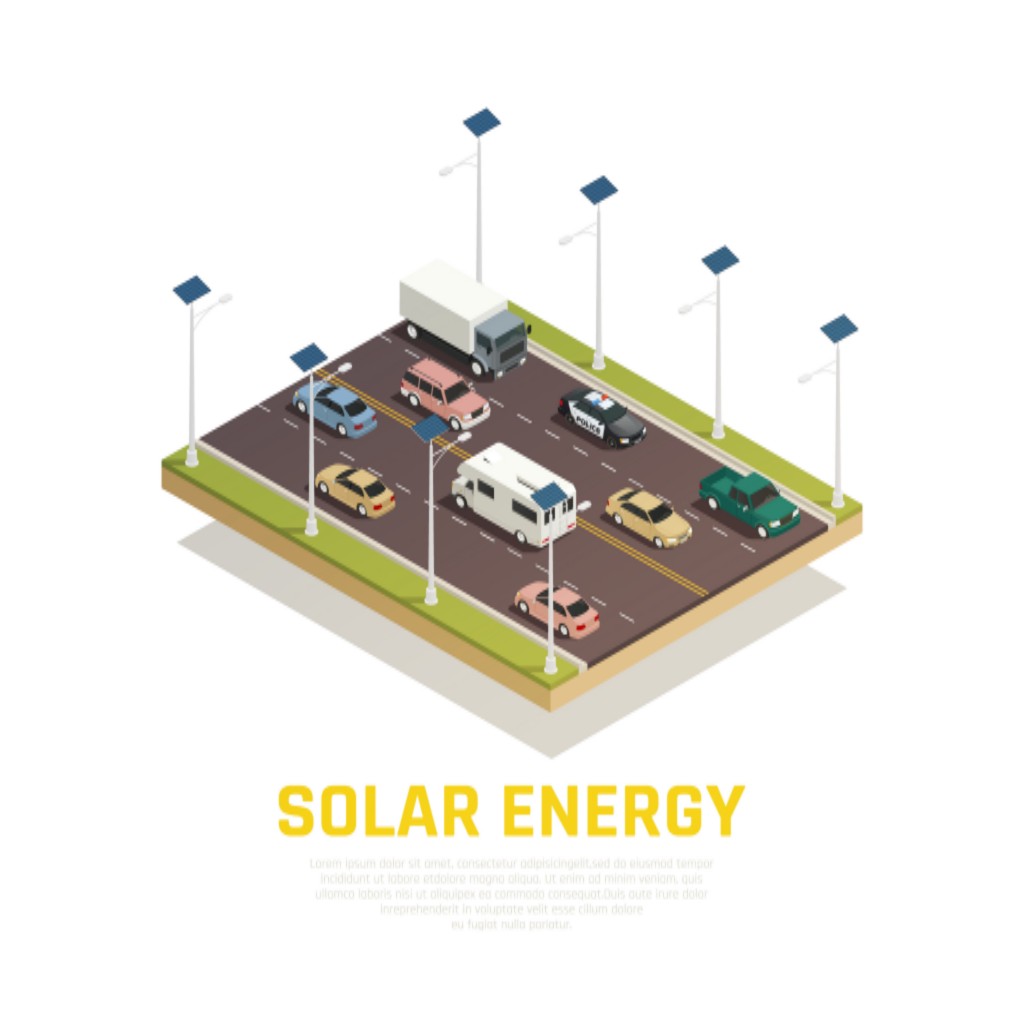Brighten Up Your Neighborhood with Our Reliable Solar Street Light Company Solutions
Looking to bring a new level of brightness and sustainability to your neighborhood? Look no further than our reliable solar street light solutions. With our innovative technology and commitment to environmental responsibility, we are here to help illuminate your streets with clean energy. Gone are the days of relying on traditional street lights that drain electricity and contribute to carbon emissions. Our solar street lights harness the power of the sun, providing a reliable and cost-effective lighting solution for your community. Not only will you be saving money on energy bills, but you'll also be reducing your carbon footprint and creating a safer and more inviting neighborhood for everyone. So why wait? Take the first step towards a brighter, greener future and let our solar street light solutions light up your streets today.
The Importance of Solar Street Light company
Proper street lighting plays a crucial role in creating a safe and secure environment for residents and visitors alike. Well-lit streets deter crime, improve pedestrian safety, and enhance overall visibility during nighttime hours. However, traditional street lights powered by electricity can be expensive to operate and maintain. They are also reliant on an electrical grid that is susceptible to outages. This is where solar street lights offer a game-changing solution. By harnessing the power of the sun, solar street lights provide reliable illumination without the need for conventional electricity. This not only results in cost savings but also reduces the strain on the grid and helps mitigate the effects of climate change.
Solar street lights are an excellent investment for both urban and rural areas. In urban settings, they enhance visibility and safety, creating a welcoming atmosphere for pedestrians, cyclists, and drivers. In rural areas, solar street lights can provide much-needed lighting in areas without access to electricity, improving the quality of life for residents and promoting community development. Furthermore, solar street lights can also be used in parking lots, parks, and other public spaces, further extending their benefits beyond just street lighting.
In the next section, we will explore the advantages of solar street lights over traditional street lights.
Advantages of Solar Street Lights over Traditional Street Lights
Solar street lights offer numerous advantages over their traditional counterparts. Let's take a closer look at some of the key benefits:
- Energy Efficiency: Solar street lights are highly energy-efficient, as they rely on solar panels to convert sunlight into electricity. This means that they operate without drawing power from the grid, resulting in significant energy savings.
- Cost Savings: By using solar street lights, communities can save on electricity bills and reduce maintenance costs. Solar street lights have a longer lifespan compared to traditional lights and require minimal maintenance, resulting in long-term cost savings.
- Environmentally Friendly: Solar street lights are a sustainable lighting solution, as they rely on renewable energy from the sun. By using solar power instead of traditional electricity, carbon emissions are reduced, contributing to a greener and more sustainable future.
- Flexibility and Easy Installation: Solar street lights can be installed in various locations without the need for extensive wiring or infrastructure. They can be easily relocated if needed, making them a flexible lighting solution for different areas and projects.
- Reliability: Solar street lights are designed to work even during power outages, ensuring continuous illumination in all weather conditions. This reliability makes them particularly suitable for areas with unreliable or nonexistent grid electricity.

In the next section, we will delve into how solar street lights work.
How Solar Street Lights Work(Solar street light company)
Solar street lights operate by harnessing the sun's energy through solar panels, which convert sunlight into electrical energy. This energy is then stored in batteries, which power the LED (light-emitting diode) lights during the night. The entire system is controlled by a controller that manages the charging and discharging of the batteries, as well as the lighting schedule.
During the day, the solar panels absorb sunlight and convert it into direct current (DC) electricity. This electricity is then sent to the batteries for storage. As the sun sets and the ambient light decreases, the controller automatically turns on the LED lights, providing illumination throughout the night. The controller also regulates the brightness of the lights, ensuring optimal lighting levels while conserving energy.
Solar street lights are designed to withstand harsh weather conditions and have built-in sensors that detect ambient light levels, allowing them to automatically adjust their operation based on the surrounding environment. This ensures that the lights are only activated when needed, further maximizing energy efficiency.
In the next section, we will discuss the factors to consider when choosing solar street lights.

Factors to Consider When Choosing Solar Street Light Company
When selecting solar street lights for your neighborhood, several factors should be taken into consideration to ensure optimal performance and durability. These include:
- Solar Panel Efficiency: The efficiency of the solar panels determines how effectively they convert sunlight into electricity. Higher efficiency panels will generate more power, allowing the lights to operate for longer periods.
- Battery Capacity: The battery capacity determines how much energy can be stored and used during the night. A higher battery capacity ensures longer runtimes and better performance during cloudy days.
- Lighting Output: The brightness and color temperature of the LED lights should be carefully chosen to suit the specific lighting requirements of the area. It is essential to strike a balance between providing adequate illumination and avoiding light pollution.
- Durability and Weather Resistance: Solar street lights should be designed to withstand various weather conditions, including rain, snow, and extreme temperatures. High-quality materials and IP ratings ensure long-lasting performance.
- Installation and Maintenance: Consider the ease of installation and maintenance requirements of the solar street lights. Opt for lights that are easy to install and maintain, reducing the need for specialized expertise and minimizing future costs.
By carefully considering these factors, you can select solar street lights that best meet the needs of your neighborhood. In the next section, we will explore the installation and maintenance of solar street lights.
Installation and Maintenance of Solar Street Lights
Installing solar street lights requires careful planning and execution to ensure optimal performance and longevity. Here are the key steps involved in the installation process:
- Site Assessment: Conduct a thorough site assessment to determine the optimum location for the solar street lights. Factors such as sunlight exposure, shading, and existing infrastructure should be considered.
- Design and Engineering: Based on the site assessment, a detailed design and engineering plan should be created, specifying the number of lights, their placement, and the required components.
- Foundation and Pole Installation: Prepare the foundation for the poles and install them securely. The poles should be sturdy enough to withstand wind loads and other environmental factors.
- Solar Panel and Battery Installation: Mount the solar panels on top of the poles, ensuring they are angled correctly to maximize sunlight exposure. Install the batteries and connect them to the solar panels.
- Light Fixture Installation: Attach the LED light fixtures to the poles and connect them to the batteries and solar panels. Ensure proper wiring and connections to enable seamless operation.
- Controller Programming and Testing: Program the controller to manage the charging and discharging of the batteries and set the lighting schedule. Test the entire system to ensure proper functionality.
Once the solar street lights are installed, regular maintenance is essential to ensure optimal performance. Maintenance tasks may include cleaning the solar panels, inspecting and replacing batteries when necessary, and checking for any faulty components. Regular monitoring of the system's performance is also recommended to identify and address any issues promptly.
In the next section, we will explore case studies of successful solar street light projects.
Case Studies of Successful Solar Street Light Projects
Real-life examples serve as powerful testimony to the benefits and success of solar street light projects. Let's take a look at two case studies that highlight the positive impact of solar street lights:
- City X: City X implemented a city-wide solar street light project to enhance safety and reduce energy consumption. The installation of solar street lights resulted in a significant decrease in crime rates and traffic accidents. The city also experienced substantial energy savings, leading to cost reductions for the municipality and its residents.
- Rural Village Y: In rural Village Y, the introduction of solar street lights transformed the community's quality of life. The lights provided illumination on previously dark streets, improving safety and allowing residents to engage in evening activities. Solar street lights also enabled children to study after sunset, positively impacting education outcomes.
These case studies demonstrate the tangible benefits of solar street lights in both urban and rural settings. The next section will explore the different types of solar street lights available.

Different Types of Solar Street Lights
Solar street lights come in various designs and configurations to meet the diverse needs of different environments. Some common types include:
- All-in-One Solar Street Lights: These lights integrate all the components (solar panel, battery, light fixture, and motion sensor) into a single unit. They are compact, easy to install, and offer convenient maintenance.
- Split Solar Street Lights: In split solar street lights, the solar panel is separate from the light fixture and battery. This allows for greater flexibility in terms of panel placement and allows for larger solar panels and batteries for increased performance.
- Integrated Solar Street Lights: Integrated solar street lights have the solar panel, battery, and light fixture integrated into one compact unit. They are designed for easy installation and can be mounted on walls or poles.
- Solar Street Light Poles: These are standalone poles with solar panel arrays mounted on top. They can be paired with separate light fixtures and batteries for increased customization and performance.
The choice of the most suitable type of solar street light depends on factors such as the lighting requirements, available space, budget, and aesthetic preferences. It is important to select a type that best meets the specific needs of your neighborhood.
In the next section, we will discuss the cost savings and environmental benefits of solar street lights.
Cost Savings and Environmental Benefits of Solar Street Lights
Solar street light company offer significant cost savings and environmental benefits over traditional street lights. Here's a closer look at the advantages:
- Energy Cost Savings: By using solar street lights, communities can reduce their electricity bills significantly. Solar street lights operate independently of the grid, eliminating the need to pay for electricity consumption.
- Maintenance Cost Reduction: Solar street lights require minimal maintenance compared to traditional lights. They have a longer lifespan and do not require bulb replacements or wiring repairs, resulting in cost savings over time.
- Carbon Footprint Reduction: Solar street lights rely on renewable energy from the sun, reducing the reliance on fossil fuels. By using clean energy, carbon emissions are minimized, contributing to a greener and more sustainable environment.
- Long-Term Investment: Solar street lights are a long-term investment that pays off over time. The initial installation cost is recouped through energy savings and reduced maintenance expenses, resulting in a positive return on investment.
- Positive Public Image: Implementing solar street lights demonstrates a commitment to sustainability and environmental responsibility. This can enhance the public image of both communities and businesses, attracting positive attention and support.
By switching to solar street lights, communities can achieve cost savings, reduce their carbon footprint, and promote a cleaner and greener environment. In the next section, we will address common misconceptions about solar street lights.
Common Misconceptions about Solar Street Lights
Despite the numerous benefits and advancements in solar technology, there are still some misconceptions surrounding solar street lights. Let's debunk a few common myths:
- Solar Street Lights Don't Work on Cloudy Days: Solar street lights are designed to operate even on cloudy days. While the amount of energy generated may be slightly reduced, modern solar panels can still convert sunlight into electricity, ensuring reliable lighting.
- Solar Street Lights are Expensive: While the initial installation cost of solar street lights may be higher than traditional lights, the long-term cost savings make them a financially viable option. Additionally, advancements in technology have made solar street lights more affordable over time.
- Solar Street Lights are Less Reliable: Solar street lights are designed to be highly reliable, even in adverse weather conditions. They are engineered to withstand extreme temperatures, rain, and other environmental factors, ensuring uninterrupted operation.
- Solar Street Lights are Less Bright: LED technology used in solar street lights provides bright and focused illumination. Furthermore, the brightness can be adjusted to suit specific requirements, ensuring optimal lighting levels while conserving energy.
- Solar Street Lights are Difficult to Install: Solar street lights are designed for easy installation and require minimal wiring. They can be installed by qualified technicians or professionals, ensuring a smooth and hassle-free installation process.
Now that we have debunked these misconceptions, it is clear that solar street lights are a reliable, cost-effective, and sustainable lighting solution for neighborhoods.
Conclusion: Making Your Neighborhood Safer and More Sustainable with Solar Street Lights
Solar street light company are the future of outdoor lighting, offering a reliable and sustainable solution to illuminate your neighborhood. By harnessing the power of the sun, these lights provide numerous benefits, including cost savings, reduced carbon emissions, and improved safety. With their easy installation, low maintenance requirements, and flexibility in design, solar street lights are suitable for both urban and rural areas. By choosing solar street lights, you are not only brightening up your neighborhood but also taking a significant step towards creating a greener and more sustainable future. So why wait? Embrace the power of solar street light solutions and transform your neighborhood into a safer and more inviting space for everyone.
